Apple Macbook Air (2020), M1 Chip 8-Core CPU/ 7-Cores GPU Processor, 8GB Memory, 256GB SSD, Gold and Space Grey
Skip to navigationSkip to content
₦0.00
0
Cart
| color | Choose an optionSpacegreyClear |
|---|
-
Description
-
Specification
-
Reviews
The Apple MacBook Air “M1” 8-Core CPU/7-Core GPU 13-Inch (2020) model features a 5-nm 3.2 GHz Apple M1 processor with 8 cores (4 performance cores and 4 efficiency cores), an 8-core GPU, a 16-core Neural Engine, 8 GB of onboard RAM, and a 512 GB onboard SSD. Both the RAM and the SSD can be upgraded at the time of initial system purchase, but not subsequently.
This all is tucked in a thin wedge-shaped aluminum case with an integrated 720p “FaceTime HD” webcam, Touch ID, a backlit “Magic Keyboard” with a “scissor mechanism”, a large “Force Touch” trackpad, and a high-resolution 13.3″ LED-backlit 2560×1600 (227 ppi, 400 nits) “Retina” display with True Tone technology.
The aluminum case is available in three color options — gold (pictured, left), silver, and a darker “Space Gray” (but not other colors) and weighs 2.8 pounds (1.29 kg). Apple estimates battery life at 15-18 hours depending on the task performed.
Connectivity includes 802.11ax Wi-Fi 6, Bluetooth 5, two Thunderbolt 3/USB 4 ports (USB-C connector), and a 3.5 mm headphone jack.
Compared to its predecessor, the “2020, M1” MacBook Air models look nearly identical, but have a completely different internal architecture.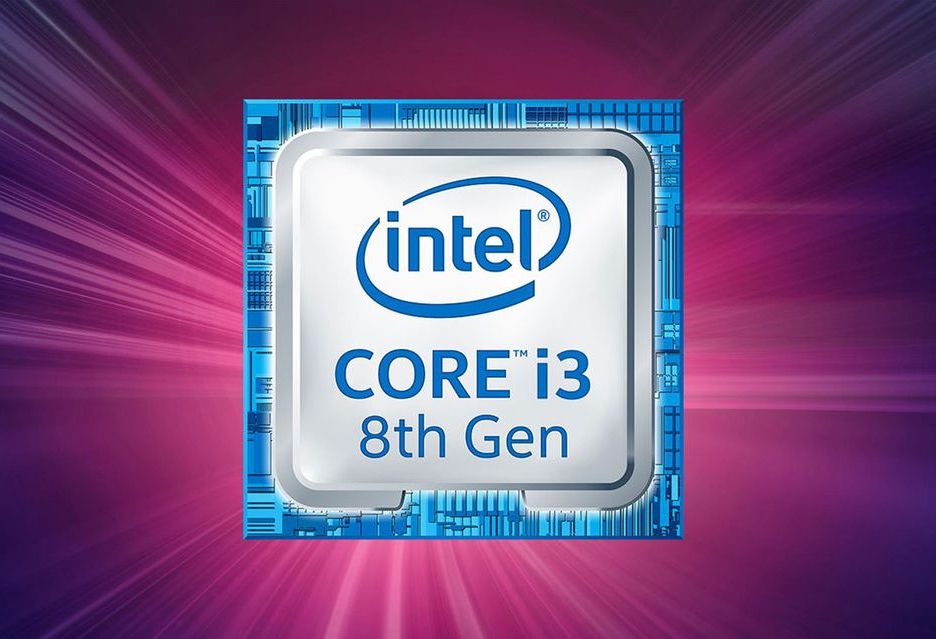
SKU: mgnd3ll/a
Categories: Laptops, Mac Air
| color |
Spacegrey |
|---|
General
Product Name
MacBook Air 13.3″ Laptop – Apple M1 chip – 8GB Memory – 256GB SSD (Latest Model)
Brand
Apple
Casing Material
Aluminum
Model Number
MGN73LL/A
Year of Release
2020
Color
Gold, Space Gray
Display Type
LED
Screen Size
13.3 inches
Screen Resolution
2560 x 1600 (Retina)
Touch Screen
No
Processor
Processor Brand
Apple
Processor Model
Apple M1
Processor Model Number
Apple M1
Processor Cores
8-core
Storage
Storage Type
SSD
Total Storage Capacity
256 gigabytes
Solid State Drive Capacity
256 gigabytes
Memory
System Memory (RAM)
8 gigabytes
Type of Memory (RAM)
LPDDR4X
Graphics
Graphics Type
Integrated
GPU Brand
Apple
Graphics
Other
Video Memory Type
Shared
Compatibility
Operating System
macOS Big Sur 11. 0
0
Voice Assistant Built-in
Siri
Connectivity
Internet Connectivity
Wi-Fi
Wireless Networking
Wireless-A, Wireless-AC, Wireless-AX, Wireless-B, Wireless-G, Wireless-N
Headphone Jack
Yes
Bluetooth Enabled
Yes
Number of Thunderbolt Ports (Total)
2
Number of Thunderbolt 3 Ports
2
Power
Power Supply Input
USB Type C
Power Supply Maximum Wattage
30 watts
Battery Life (up to)
18 hours
Battery Type
Lithium-polymer
Camera
Front-Facing Camera
Yes
Front Facing Camera Video Resolution
720p
Built-In Microphone
Yes
Features
Backlit Keyboard
Yes
Keyboard Touch Screen
No
Touchpad Type
Force Touch trackpad
Audio Technology
Wide stereo sound
Speaker Type
Stereo speakers
Mac Features
Force touch trackpad, Siri, Touch ID sensor, True Tone
Security Features
Fingerprint reader
Dimension
Product Height
0.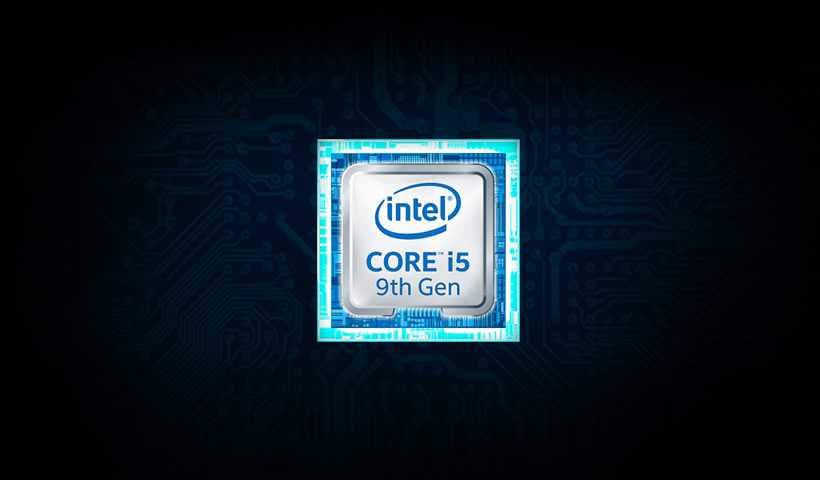 63 inches
63 inches
Product Width
11.97 inches
Product Depth
8.36 inches
Product Weight
2.8 pounds
Certifications & Listings
ENERGY STAR Certified
Yes
EPEAT Qualified
Yes
EPEAT Level
Gold
Included
Included Software
Photos, iMovie, GarageBand, Pages, Numbers, Keynote, Siri, Safari, Mail, FaceTime, Messages, Maps, News, Stocks, Home, Voice Memos, Notes, Calendar, Contacts, Reminders, Photo Booth, Preview, Books, App Store, Time Machine, TV, Music, Podcasts
Optical Drive Type
None
Numeric Keypad
No
Warranty
Manufacturer’s Warranty – Parts
1 year
Manufacturer’s Warranty – Labor
1 year
Based on 0 reviews
0.0 overall
Delivery & Returns
Delivery Information
Foretec delivers between 1-3 working days in Abuja. Please check exact dates in the Checkout page
Pickup Location
Suite D01 16 Gwani Street, zone 4, Wuse Abuja
Return Policy
Foretec accepts free return within 14 days for other eligible items.
Category
Search
Category
Search
Category
Search
Subscribe to our Newsletter
Subscribe to our newsletter to get updates on our latest offers!
Subscribe
Download App Free
Get access to exclusive offers!
Contact Us
FORETECONLINE
BUYING ON FORETEC
MORE INFOS
Follow Us
PAYMENT METHODS & DELIVERY PARTNERS
© Foretec Marketplace — All Rights Reserved. 2020
Foretec Investment Limited
Refurbished 13.3-inch MacBook Air Apple M1 Chip with 8‑Core CPU and 7‑Core GPU — Gold
$849.00
Was $999.00
Save $150.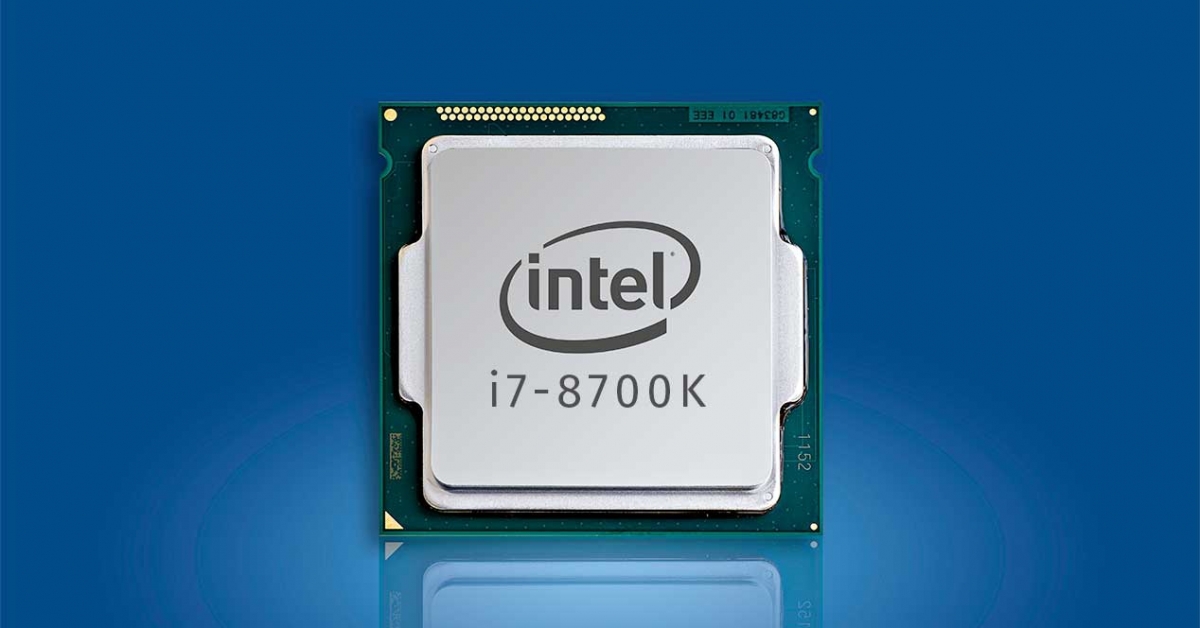 00
00
Need some help?
Contact us.
(Opens in a new window)
-
Product Information
Overview
Originally released November 2020
13.3-inch (diagonal) LED-backlit display with IPS technology; 2560-by-1600 native resolution at 227 pixels per inch
8GB unified memory
256GB SSD1
Touch ID sensor
720p FaceTime HD Camera
Apple Certified Refurbished Products
Quality products at great prices
Rigorous prior to sale
Covered by Apple’s 14-day returns policy This will open a new window.
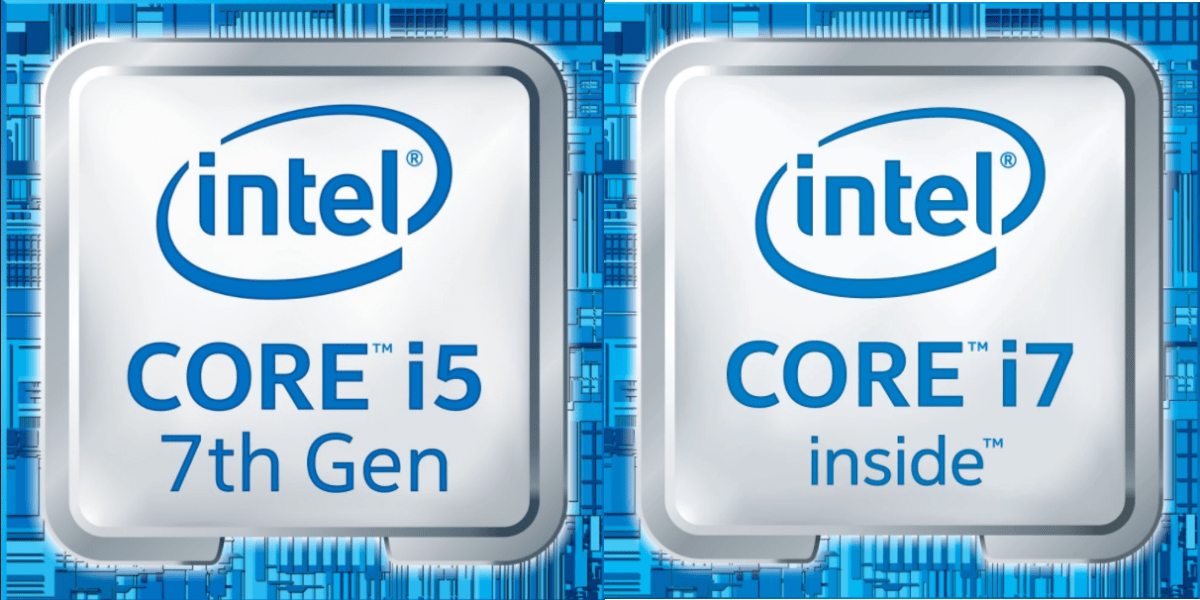
Engraving and gift wrap not available for refurbished products
Supplies are limited
What’s in the Box
Refurbished MacBook Air
30W USB-C Power Adapter
USB-C Charge Cable (2 m)
-
Features
Features
Power. It’s in the Air.
Our thinnest, lightest notebook, completely transformed by the Apple M1 chip. CPU speeds up to 3.5x faster. GPU speeds up to 5x faster. Our most advanced Neural Engine for up to 9x faster machine learning. The longest battery life ever in a MacBook Air.
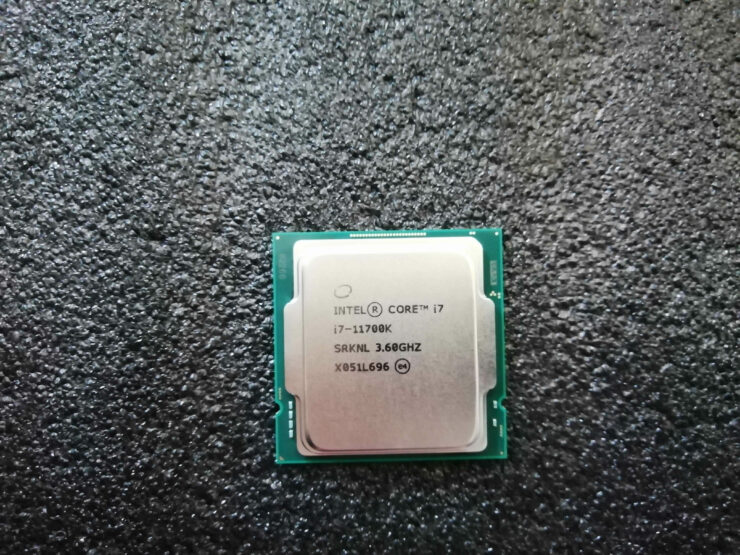 And a silent, fanless design. This much power has never been this ready to go.
And a silent, fanless design. This much power has never been this ready to go.
M1 Small chip. Giant leap.
It’s here. Our first chip designed specifically for Mac. Packed with an astonishing 16 billion transistors, the Apple M1 system on a chip (SoC) integrates the CPU, GPU, Neural Engine, I/O, and so much more onto a single tiny chip. With incredible performance, custom technologies, and industry-leading power efficiency,2M1 is not just a next step for Mac — it’s another level entirely.
Biggest collection of apps ever.
Run powerful apps built for M1. All your existing apps work thanks to Rosetta 2. And for the first time, you can use your favorite iPhone and iPad apps directly on macOS Big Sur. Altogether you’ll have access to the biggest collection of apps ever for Mac.
Speed and responsiveness.
The M1 chip and macOS Big Sur work together to make the entire system snappier.
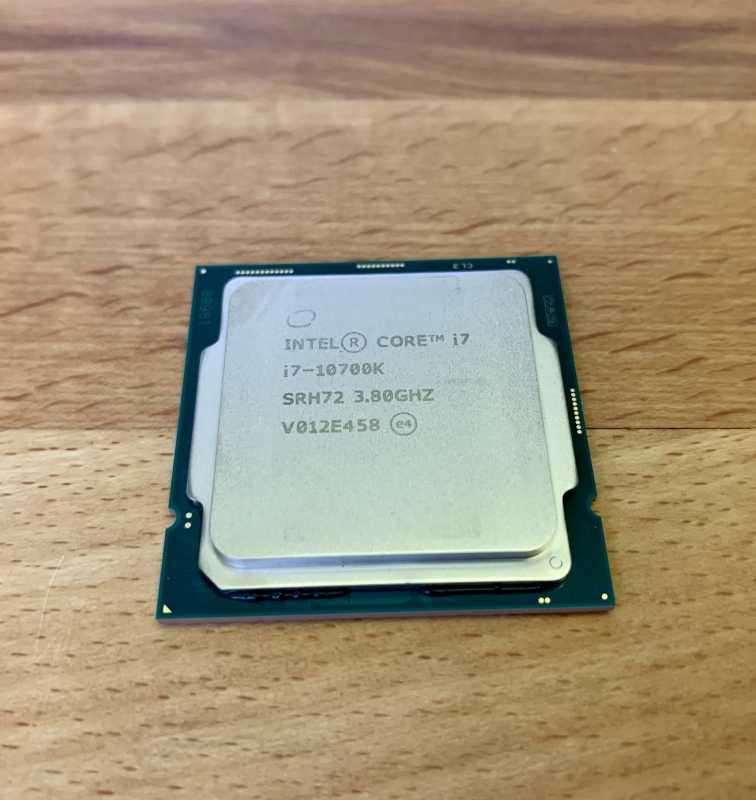 MacBook Air wakes instantly from sleep. Everyday tasks from flipping through photos to browsing Safari are faster. And your hardest-working apps all have access to the power they need.
MacBook Air wakes instantly from sleep. Everyday tasks from flipping through photos to browsing Safari are faster. And your hardest-working apps all have access to the power they need.
Serious performance. Ridiculous battery life.
M1 extends battery life even while bringing a massive increase in performance. But the chip itself is only part of this incredible power efficiency story. macOS Big Sur features advanced power management that intelligently allocates tasks between the M1 performance and efficiency cores — automatically optimizing for lightweight tasks like reading a note or performance‑intensive tasks like playing the latest game. The result is the best battery life ever on a Mac.
An entire system. On a single chip.
Until now, a Mac needed multiple chips to deliver all of its features — including the processor, I/O, security, and memory. With M1, these technologies are combined into a single system on a chip (SoC), delivering a new level of integration for more simplicity, more efficiency, and amazing performance.
 And with incredibly small transistors measured at an atomic scale, M1 is remarkably complex — packing the largest number of transistors we’ve ever put into a single chip. It’s also the first personal computer chip built using industry‑leading 5‑nanometer process technology.
And with incredibly small transistors measured at an atomic scale, M1 is remarkably complex — packing the largest number of transistors we’ve ever put into a single chip. It’s also the first personal computer chip built using industry‑leading 5‑nanometer process technology.
Unified memory. Shared across the entire system.
M1 also features our unified memory architecture, or UMA. M1 unifies its high‑bandwidth, low‑latency memory into a single pool within a custom package. As a result, all of the technologies in the SoC can access the same data without copying it between multiple pools of memory. This dramatically improves performance and power efficiency. Video apps are snappier. Games are richer and more detailed. Image processing is lightning fast. And your entire system is more responsive.
8-core CPU Devours tasks. Sips battery.
M1 has the fastest CPU we’ve ever made. With that kind of processing speed, MacBook Air can take on new extraordinarily intensive tasks like professional-quality editing and action-packed gaming.
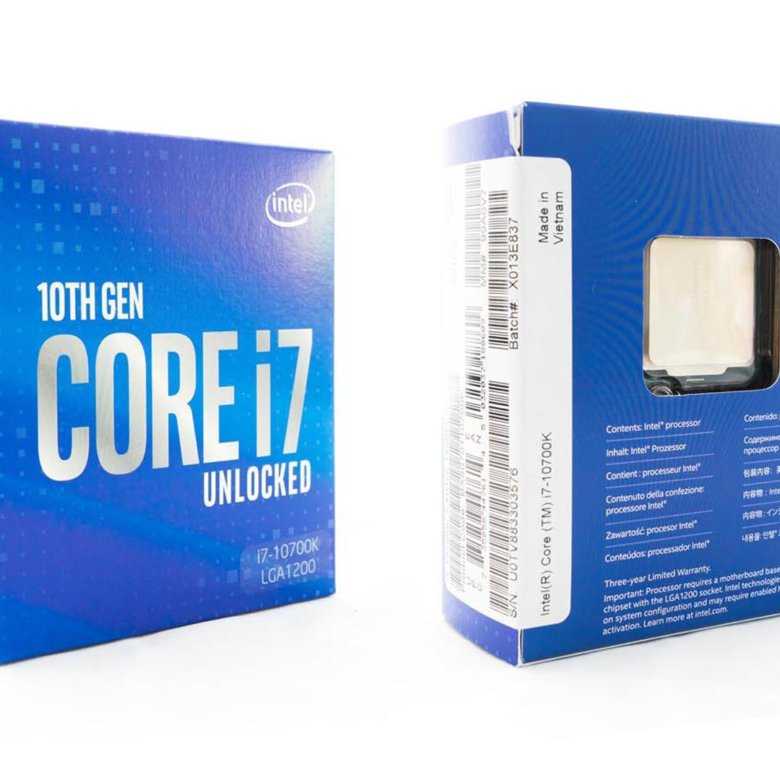 But the 8‑core CPU on M1 isn‘t just up to 3.5x faster than the previous generation3—it balances high-performance cores with efficiency cores that can still crush everyday jobs while using just a tenth of the power.
But the 8‑core CPU on M1 isn‘t just up to 3.5x faster than the previous generation3—it balances high-performance cores with efficiency cores that can still crush everyday jobs while using just a tenth of the power.
The next generation of machine learning.
M1 features our latest Neural Engine. Its 16‑core design is capable of executing a massive 11 trillion operations per second. In fact, with a powerful 8‑core GPU, machine learning accelerators, and the Neural Engine, the entire M1 chip is designed to excel at machine learning. Final Cut Pro can intelligently frame a clip in a fraction of the time. Pixelmator Pro can magically increase sharpness and detail at incredible speeds. And every app with ML‑powered features benefits from performance never before seen on Mac.
Magic Keyboard. Go ahead. Take the keys.
When a keyboard types like a dream and still does a whole lot more: that’s magic.
 With new preprogrammed shortcuts, useful features are even easier to access. Get help from Siri, switch keyboard languages, respond with the perfect emoji, find documents with Spotlight — there’s so much you can do with just a tap. And the backlit keys with ambient light sensor help you type in low‑light settings.
With new preprogrammed shortcuts, useful features are even easier to access. Get help from Siri, switch keyboard languages, respond with the perfect emoji, find documents with Spotlight — there’s so much you can do with just a tap. And the backlit keys with ambient light sensor help you type in low‑light settings.
Touch ID.
One touch is all it takes to lock or unlock MacBook Air. Use your fingerprint to rent a movie, buy an app, or access things like secure documents or system settings without having to reenter your password. And when you shop online with Apple Pay, Touch ID fills in your shipping and billing information without sharing your card details.
-
Tech Specs
Tech Specs
Chip
Apple M1 chip
8-core CPU with 4 performance cores and 4 efficiency cores
7-core GPU
16-core Neural Engine
Memory
8GB unified memory
Display
Retina display
13.
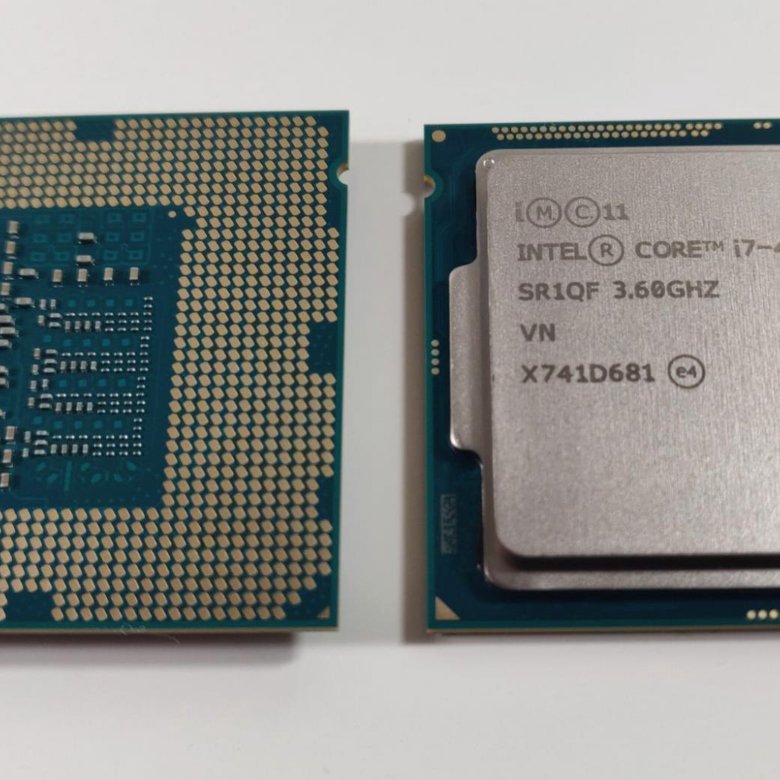 3‑inch (diagonal) LED-backlit display with IPS technology; 2560‑by‑1600 native resolution at 227 pixels per inch with support for millions of colors
3‑inch (diagonal) LED-backlit display with IPS technology; 2560‑by‑1600 native resolution at 227 pixels per inch with support for millions of colors
Supported scaled resolutions:
1680 by 1050
1440 by 900
1024 by 640
400 nits brightness
Wide color (P3)
True Tone technology
Storage
256GB SSD 1
Charging and Expansion
Two Thunderbolt / USB 4 ports with support for:
Charging
DisplayPort
Thunderbolt 3 (up to 40Gb/s)
USB 4 (up to 40Gb/s)
USB 3.1 Gen 2 (up to 10Gb/s)
Video Support and Camera
720p FaceTime HD camera
Simultaneously supports full native resolution on the built-in display at millions of colors and:
One external display with up to 6K resolution at 60Hz, or
Thunderbolt 3 digital video output
Native DisplayPort output over USB‑C
VGA, HDMI, DVI, and Thunderbolt 2 output using adapters (sold separately)
Battery
Up to 15 hours wireless web
Up to 18 hours Apple TV app movie playback
Built-in 49.
 9‑watt‑hour lithium‑polymer battery4
9‑watt‑hour lithium‑polymer battery430W USB-C Power Adapter
Audio
Stereo speakers
Wide stereo sound
Support for Dolby Atmos playback
Three-mic array with directional beamforming
3.5 mm headphone jack
Wireless
802.11ax Wi-Fi 6 wireless networking
IEEE 802.11a/b/g/n/ac compatible
Bluetooth 5.0 wireless technology
Size and Weight
Height: 0.16–0.63 inch (0.41–1.61 cm)
Width: 11.97 inches (30.41 cm)
Depth: 8.36 inches (21.24 cm)
Weight: 2.8 pounds (1.29 kg)5
\n
\n
Need some help?
\n\n\n\tContact us. \n\t(Opens in a new window)\n\n
\n\t(Opens in a new window)\n\n
Video processor performance comparison in the new MacBook Air: why pay more?
The introduction of the MacBook Air some time ago marked the beginning of a new era for Apple. The Californian manufacturer, long before the presentation of the device, announced the use of processors of its own production based on ARM. All versions of the new MacBook Air are equipped with the Apple M1 chip instead of Intel, but the new laptop has differences in terms of integrated graphics.
base video processor for 9The $99 has 7 cores, while the more expensive $1249 model has an octa-core GPU. A logical question arises: how big is the difference in the performance of both video cards and is it worth paying extra for an additional core? Notebookcheck asked the same question and intends to conduct a series of tests to come to a definite conclusion.
Synthetic benchmarks
Both the M1 chip and macOS Big Sur are very new, so not all benchmarks are available as standalone apps yet, and some are still emulated by the Intel version. Notebookcheck notes that during the initial tests, everything generally worked well, but there may still be some small inaccuracies. To determine the performance, several benchmarks were used at once: Basemark GPU 1.2, 3DMark, GFXBench and GFXBench 3.1.
Notebookcheck notes that during the initial tests, everything generally worked well, but there may still be some small inaccuracies. To determine the performance, several benchmarks were used at once: Basemark GPU 1.2, 3DMark, GFXBench and GFXBench 3.1.
- basemark GPU 1.2
The MacBook Air with 8-core GPU was 30% behind at 21 fps, while the 7-core was 36% behind at 19.24 fps.
As for the “1920×1080 Metal Medium Offscreen” mode, the MacBook Pro 16 2019 was again ahead with 356 fps, but this time its lead was reduced: the M1 with an 8-core GPU lagged behind by 21% (283 fps), and the 7-core demonstrated almost identical result at 276 fps.
- 3DMark
«WildLifeUnlimitedScore» showed the following numbers: MacBookAir with 8-core GPU scored 17731 points, with 7-core — 16159 points (-9%), and AirPad was modestly behind compared to i2020 with an M1 score of 8955 points.
- GFXBench
The results of a number of modes were unexpected, including «Aztec Ruins High Tier Onscreen», «Aztec Ruins Normal Tier Onscreen» and «on screen Car Chase Onscreen». In each of them, the MacBook Air based on M1 managed to outperform the MacBook Pro 16 2019i9 5500M. In the first test, the 8-core GPU was ahead by 30%, the 7-core GPU by 20%; in the second, both devices took the lead very slightly with a margin of 2%; in the third, the leader was the MacBook Air with a seven-core video adapter, 7% ahead of the M1 with an 8-core GPU and 10% ahead of the firmware.
In each of them, the MacBook Air based on M1 managed to outperform the MacBook Pro 16 2019i9 5500M. In the first test, the 8-core GPU was ahead by 30%, the 7-core GPU by 20%; in the second, both devices took the lead very slightly with a margin of 2%; in the third, the leader was the MacBook Air with a seven-core video adapter, 7% ahead of the M1 with an 8-core GPU and 10% ahead of the firmware.
- GFXBench 3.1
No surprises here. In “offscreenManhattanES 3.1 Offscreen”, the leader was the 8-core GPU in M1, delivering 268.3 fps, the silver went to the 7-core M1 graphics with a score of 240 fps (-11%), and the bronze went to the iPad Air 2020 with its 136.8 fps (-49%).
«onscreenManhattanES 3.1 Onscreen» showed parity between the M1 GPUs, both scored 60 fps, with the iPad Air trailing 24% (45.4 fps).
Thus, the indicators of two versions of video chips in M1 were very close to each other, as a result of which the difference did not exceed 10%. In addition, the faster MacBook Pro 16 with Radeon 5500M that took part in the test showed minimal superiority in most tests, and the A14 chip in the iPad Air 2020 is clearly inferior to the new M1. Considering that the Apple-made chip used in the new MacBook Air has a completely passive cooling, the results of the laptop are simply amazing.
In addition, the faster MacBook Pro 16 with Radeon 5500M that took part in the test showed minimal superiority in most tests, and the A14 chip in the iPad Air 2020 is clearly inferior to the new M1. Considering that the Apple-made chip used in the new MacBook Air has a completely passive cooling, the results of the laptop are simply amazing.
Game performance
Borderlands 3 was used as the initial test because it shows fair results with the built-in test. The game was launched using the emulator, but showed good performance. The only problem that Notebookcheck encountered was that when trying to end the game, the system would sometimes freeze and require a reboot.
At low graphics settings, the eight-core GPU has a fairly large advantage (20%), it produces 56.7 fps against 45.2 fps for its younger brother. But at higher quality presets, the performance results between the two models shrink, with a 10% advantage at medium settings (30.7 vs. 28 fps) and a 16% advantage at max settings (20. 5 vs. 17.7 fps).
5 vs. 17.7 fps).
The comparison with other laptops turned out to be much more interesting:
- MacBookPro 15 (2018) with AMDRadeonPro 560X at low settings demonstrates a frequency of 78 fps and is ahead of the MacBook Air with 8-core GPU by 27%, and with 7-core by 42% . But already at medium settings, its advantage begins to dissolve — the device demonstrates 33.6 fps, outperforming the MacBook Air with an 8-core GPU by only 9% (30.7 fps), and with a 7-core one — by 17% (28 fps). Finally, at high presets, the firmware achieves 20.8 fps, while the Macbook Air with 8-core GPU is only 1% behind (20.5 fps), and the 7-core one is behind by 15% (17.7 fps).
- AppleMacBookPro 16 2019 i9 5500M remained the undisputed leader of the test, although it only took part in the test at maximum presets. It outperformed the MacBook Pro 15 (2018) and MacBook Air with 8-core video adapter by a factor of two, scoring 41.4 fps.
- Lenovo IdeaPad 5 15IIL05 with Nvidia GeForce MX350 installed outperforms both new MacBook Airs only at low settings, losing them at higher presets.
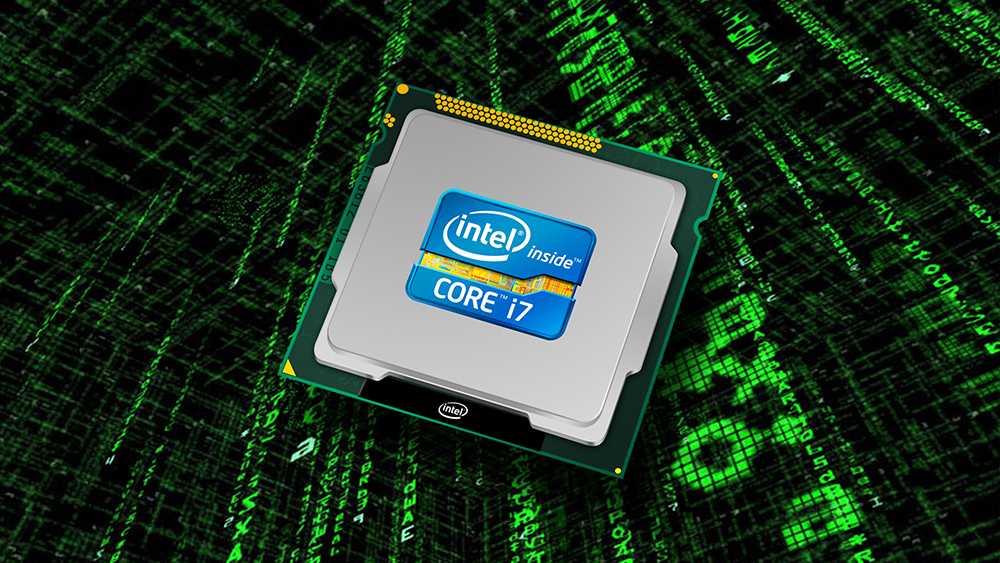 Laptops equipped with Intel Xe Graphics G7 9 face a similar story6 EU and Nvidia GeForce MX330.
Laptops equipped with Intel Xe Graphics G7 9 face a similar story6 EU and Nvidia GeForce MX330.
As you can see, the performance of the M1 GPU was surprisingly good in this stress test, but in order to reach a final verdict, the publication intends to take a few more measurements in the near future, including the promise of more gaming tests, after which the final verdict will be issued.
First Impressions
These initial performance tests clearly show that the new Apple M1 chip offers a significant power boost over the old Intel-based MacBook Air. Finally, the annoying fan is also gone, so the new MacBook Air is a completely silent device. It’s also the only MacBook with dedicated function keys and no touch bar.
As it turns out, choosing a GPU with more cores doesn’t really matter. The amount of storage will play a big role. If 256 GB is enough for you, then you should not overpay for a laptop with 8 video adapter cores. But if you prefer 512 GB, then in such a situation, of course, it would be wiser to purchase a more expensive device with an 8-core GPU.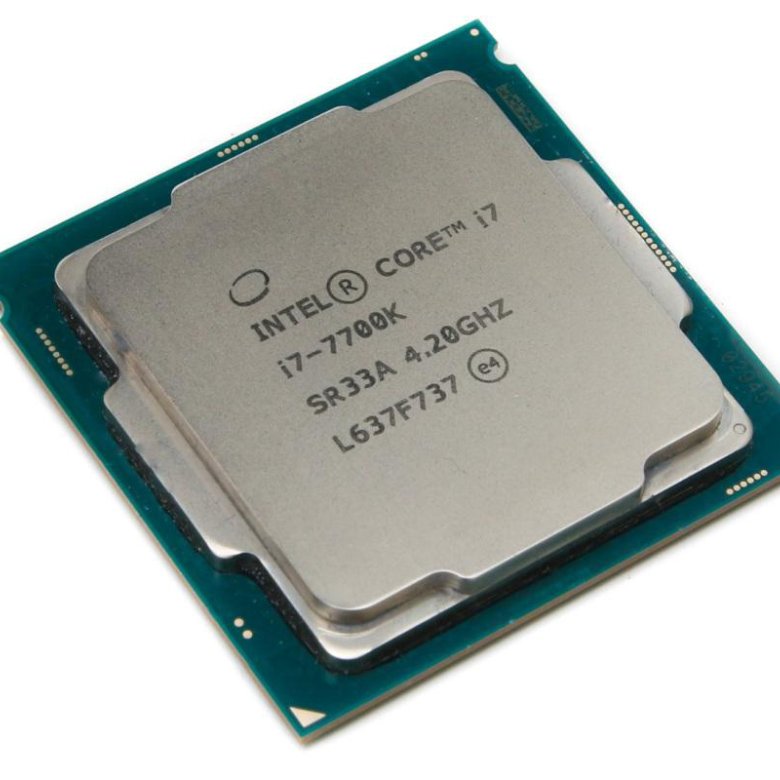
Toshiba announced TV with 7-core processor
Technology
|
Share
Toshiba’s new TVs are able to recognize family members and offer each of them individual content, and the top model, among other things, contains a powerful 7-core image processor.
Toshiba has announced new Regza HDTVs in the European market.
Leading the announcement is the 55ZL1, featuring a 55-inch Full HD Pro-LED512 panel with 3,072 backlight diodes divided into 512 zones. With this configuration, the peak brightness of the panel is 1000 cd/sq. m.
The
55ZL1 is the first model based on the CEVO-ENGINE multiprocessor platform, the company said.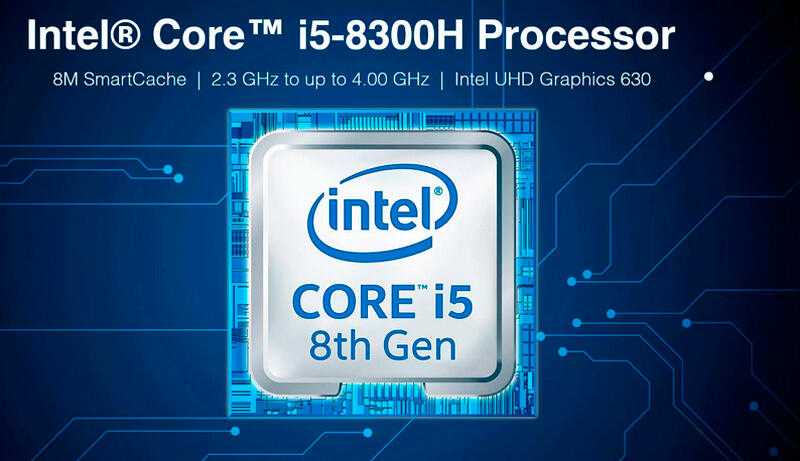 The platform contains a 7-core computing unit, a high-speed DRAM-memory module and an additional processor for a number of image optimization algorithms. The platform is used as the basis for Intelligent 3D+ and other features. Intelligent 3D+ allows you to convert 2D content to 3D content on the fly, and also gives the user the ability to adjust the depth of the stereo effect.
The platform contains a 7-core computing unit, a high-speed DRAM-memory module and an additional processor for a number of image optimization algorithms. The platform is used as the basis for Intelligent 3D+ and other features. Intelligent 3D+ allows you to convert 2D content to 3D content on the fly, and also gives the user the ability to adjust the depth of the stereo effect.
In addition to a built-in 500 GB hard drive and DVR function, the TV has an integrated facial recognition camera and Personal-TV system. She «learns» which family member is sitting at the screen, and sets the settings in accordance with previously set preferences. Each of the family members can create their own list of favorite channels, which will be displayed automatically, you just need to place yourself in front of the screen.
Model with 7-core processor 55ZL1
The Personal-TV function is also able to group content stored on the built-in hard drive, remember the volume level for each user when the device is turned off, and automatically put the TV into standby mode when no one is in the room.
